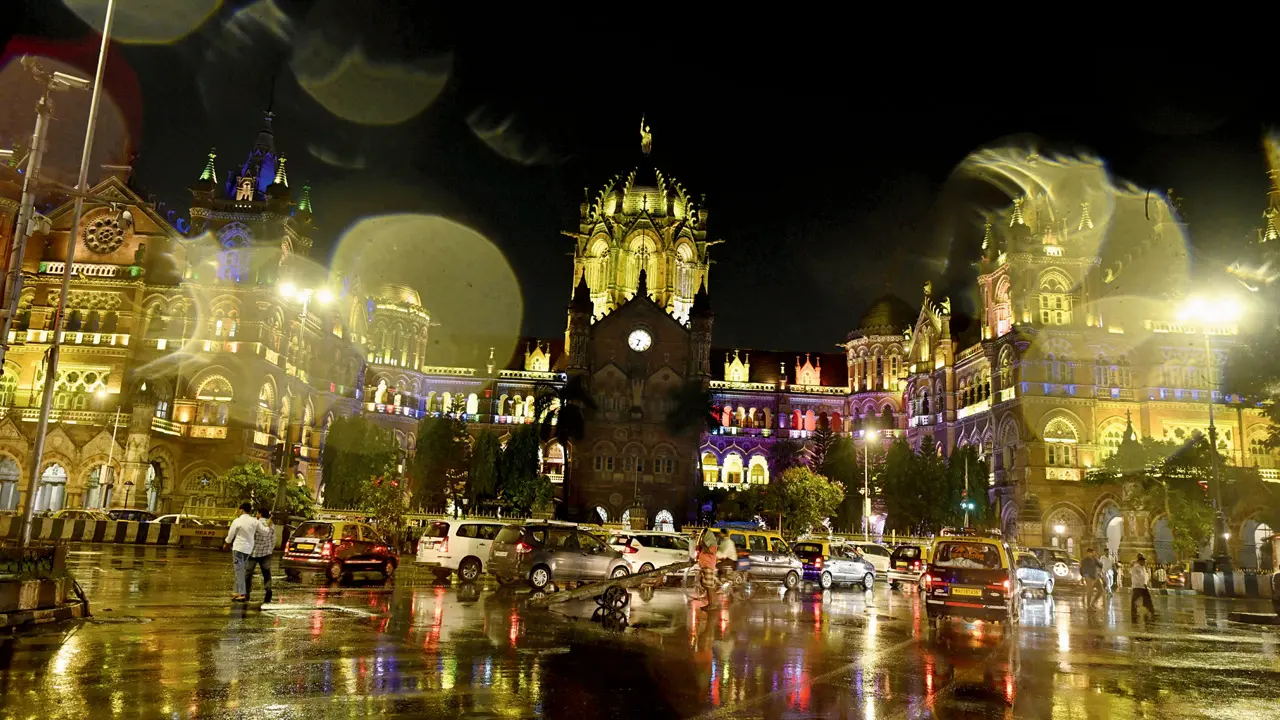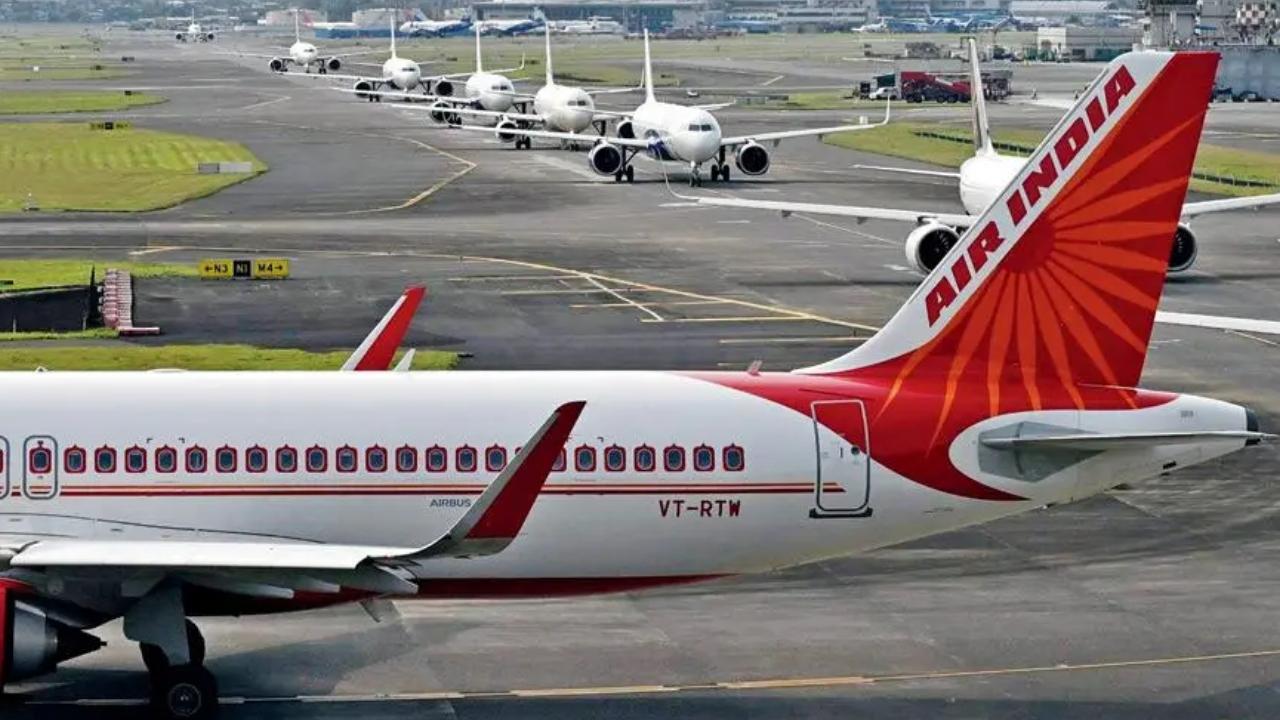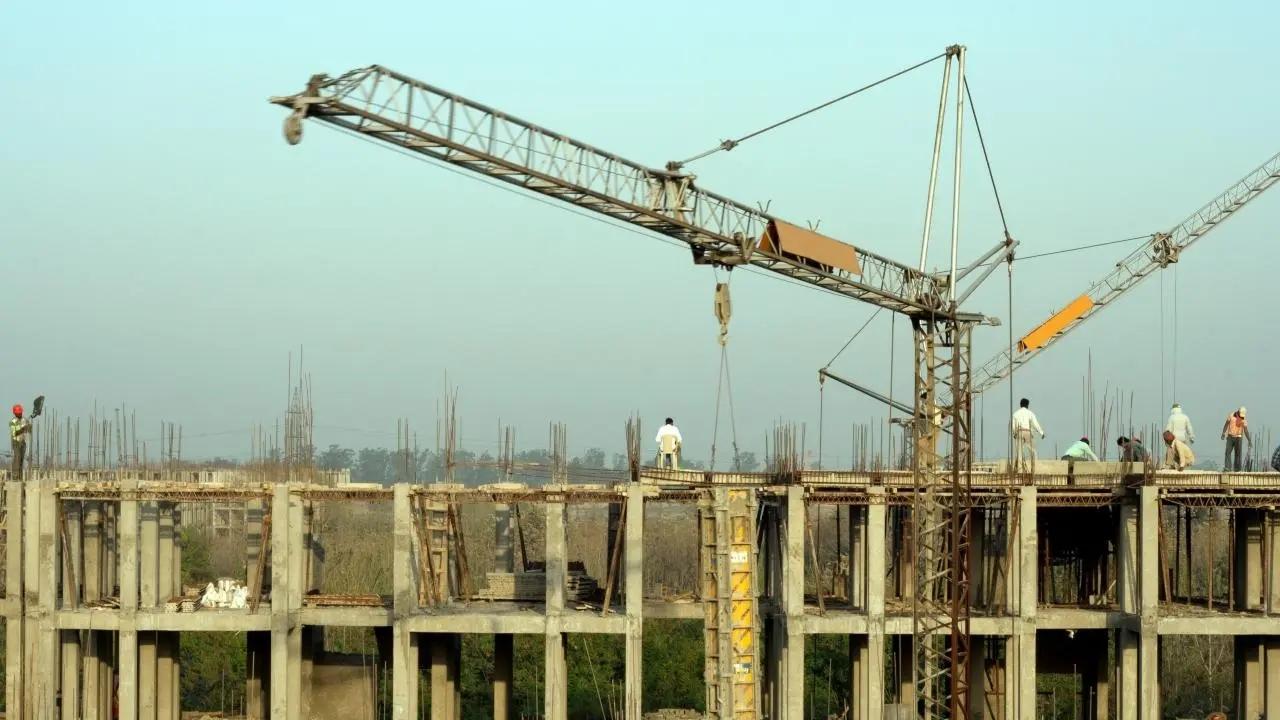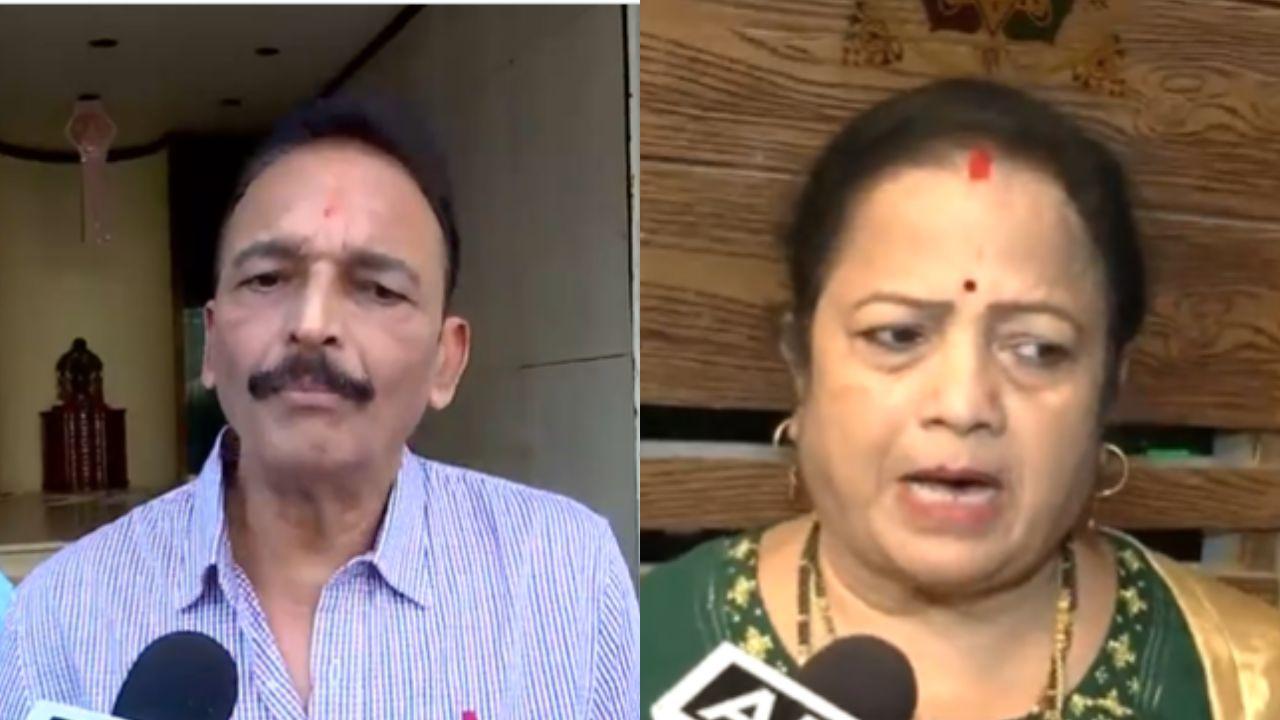Several areas across the Mumbai Metropolitan Region (MMR) reported moderate rainfall on Tuesday evening — including Thane and Navi Mumbai, while Kalyan witnessed overcast skies — bringing respite from air pollution caused due to the bursting of firecrackers during Diwali celebrations. Mumbai, on the other hand, reported light rains at isolated places, including Colaba, Churchgate, Byculla, Dadar, Goregaon, Malad, and Borivli.
According to the India Meteorological Department (IMD), a yellow alert was indicated on Tuesday in Raigad, Ratnagiri, and Sindhudurg districts, with a possibility of thundershowers and lightning, accompanied by moderate rainfall. Thane and Mumbai remained on green alert, indicating light rain. According to IMD, a nowcast alert for Tuesday evening indicated a yellow alert for Mumbai, Thane, Navi Mumbai, Kalyan, Dombivli, Palghar, Mira Bhayander, and Vasai Virar. An orange alert was indicated for coastal Maharashtra, including Raigad and Ratnagiri districts.
However, with rains in the MMR, Mumbai’s position among 126 cities shot down over the weekend from being the second most polluted city in the world to the fifth on Tuesday, after Delhi and Kolkata, with its Air Quality Index (AQI) at 162, according to IQAir. According to information from IQAir, over the weekend alone, Mumbai had shot up from being the sixth most polluted city in the world to the second, with AQI at 171, second only to Delhi with its AQI at 184. Mumbai`s AQI on Tuesday ranged in the ‘moderate’ category (between 150 and 170). AQI in Thane ranged between 110 and 120. AQI in Navi Mumbai was in the ‘poor’ category (over 200). BKC reported AQI above 300 in the ‘very poor’ category, at 301, and Colaba recorded an AQI of ‘250’, in the poor category.
Sumaira Abdulali, from Awaaz Foundation, a Mumbai-based non-governmental organisation working for improvement of noise and air pollution, including during the Diwali festival, said, “Rain is the only equaliser for improving air quality during Diwali, when firecrackers blatantly contribute to air pollution. Mumbai has seen worsening AQI over the Diwali weekend. Now, despite intermittent rainfall, AQI remains in the poor category in the city. This is proof of the amount of chemicals let out in the air due to the bursting of firecrackers.” Mumbai’s atmosphere remained hot with citizens experiencing ‘smoke-laden air’ colloquially termed smog on Tuesday, as wind speed remained between 0 and 15 kmph, with temperatures up to 32 degrees C.
Why it rained
The IMD has attributed Tuesday’s rainfall to troughing in the easterly winds across Maharashtra in the lower levels, moisture incursion due to this, and higher temperatures that favour thunderstorm development and rainfall over Interior Maharashtra and the Konkan.
Pollutant concerns
According to information compiled by the Centre for Research on Energy and Clean Air (CREA) on PM2.5 and PM10 levels for Mumbai from October 17 to October 20, Mumbai’s air quality had dipped, exposing residents to harmful levels of pollution. Manoj Kumar, analyst at the Centre for Research on Energy and Clean Air (CREA) said, “CPCB data clearly shows that several parts of Mumbai recorded PM10 and PM2.5 levels well above permissible standards from October 17 to October 20, highlighting a growing health concern for the city.”











